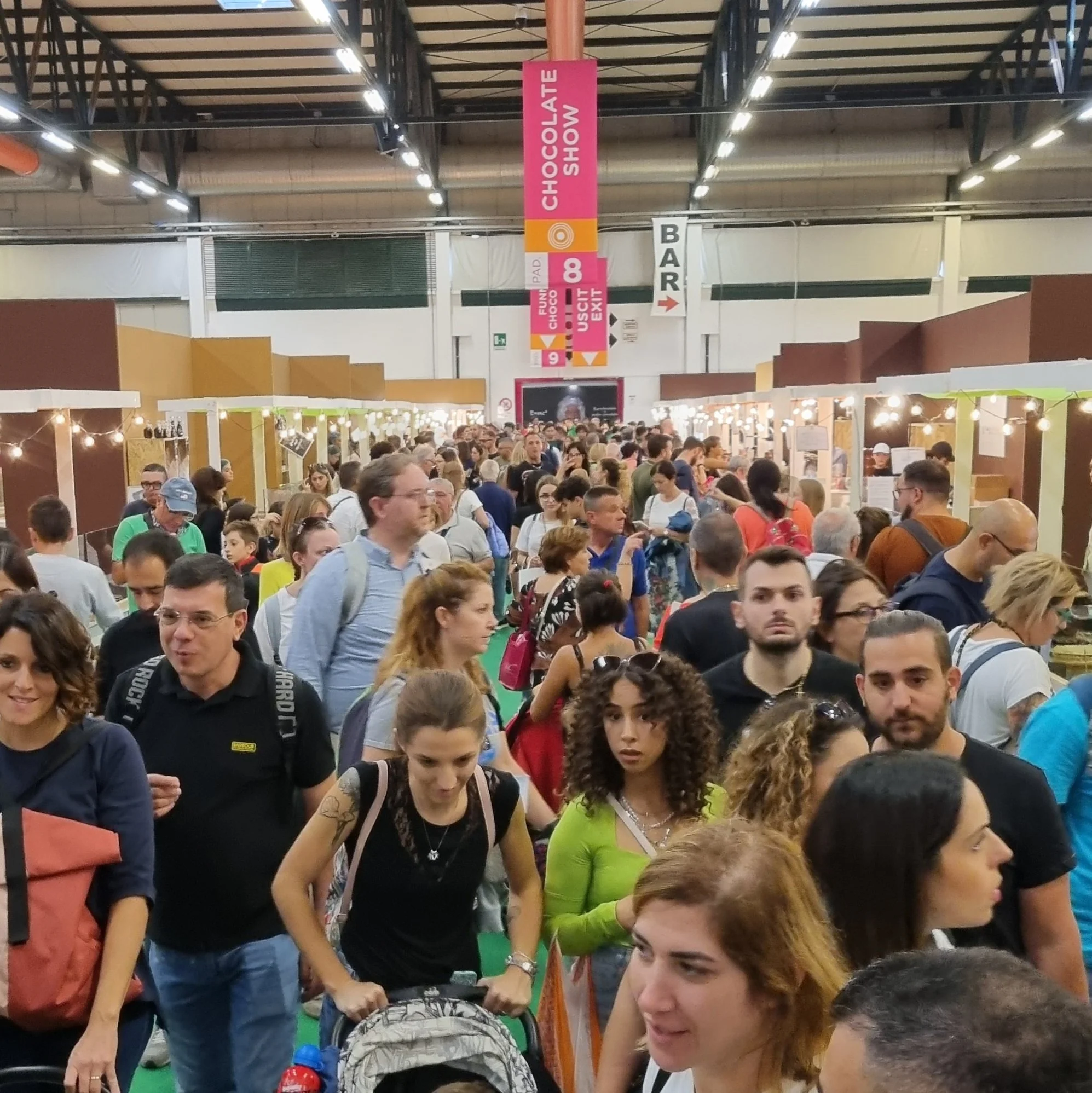Why Do We Love Chocolate So Much?
We never think twice before indulging in a chocolate bar or drown all our sorrows in rich bonbons.
It’s like an inexplicable instinct that makes us crave chocolate more than any other food. Critical thinking never enters the scene on time, and we end up with chocolate in our mouths before our neurons even connect. But there are indeed some objective factors that explain why we love this food so much!
Let’s check out some of them.
Our chocolate cravings might not be all that inexplicable afterall.
SUGAR + FAT = IRRESISTIBLE COMBO
If we look at the nutritional value of a cacao bean, it looks like a complete and nutritious meal on its own. A cacao bean is made of:
50-55% Fat (cocoa butter)
30% Carbohydrates (fiber and sugar)
10% Proteins
3% Polyphenols (flavonoids/antioxidants)
2% Minerals (iron, magnesium, potassium, zinc, etc.)
If we also consider added ingredients like sugar, milk and cocoa butter, chocolate becomes a rich mix of fats and carbs. According to science, this combo is highly addictive: ultra-processed foods that have artificially high levels of fat and refined carbohydrates are those that people eat compulsively. Although natural foods like beans, avocado and nuts also contain this irresistible combo, it’s foods like chocolate, fries and ice-cream that we reach for when we are under stress or in need of an emotional pick-me-up.
“The fat-carb combo lit up neural circuits in the reward center of the brain more than a favorite food, a potentially sweeter or more energy-dense food, or a larger portion size.”
This is not to say that chocolate is unhealthy or dangerous, but to make you aware that this fats+carbs combo inside chocolate leaves a long-lasting impression on our brains that keep wanting more.
A LONGED-FOR PRIZE
When you were a kid, have you ever been promised chocolate in exchange for good behavior? Or after the achievement of something important? Or as a prize for enduring an unwanted situation?
We might be carrying those same feelings into our adult life. “I deserve it!” is what we declare in front of our chocolate treat after a long day of conferences and meetings. Our parents gave chocolate a special, unique and almost elitist place in our daily lives as children. We craved it, cried for it, made a whole scene about it, got excited because of it, stopped fussing thanks to it.
Even if we don’t realize it, these memories are engraved in our subconscious and we keep behaving according to them.
Chocolate wasn’t something we were given free access to. We either had to work for it or were forced to refrain from it. Perhaps this is why we find ourselves as adults indulging so much in it. Now we have the money, the time and the tools to go buy chocolate any time we want to.
This is our revenge for the long years of struggle.
A UNIQUE SENSORIAL EXPERIENCE
There aren’t many foods around that involve all the 5 senses as much as chocolate does. The view of a beautiful shine and design, the necessary touch, the anticipated snap, the bouquet of aromas and the taste of a thousand different flavors offer a complete sensorial experience. But this is not all!
Chocolate is a unique food that offers a complete multi-sensorial experience.
Chocolate is also a multi-textural journey. It starts as a solid block or layer at room temperature, then softens in the mouth as the cacao butter melts, until it almost turns into a liquid and then finally disappears without leaving any trace. While other foods offer one steady consistency, chocolate inherently has a multi-textural journey ready to unfold second by second. When it includes added ingredients, chocolate brings an endless combination of crunchy, chewy, velvety, gritty, sticky and smooth mouth feels. And do we even need to mention its infinite variety of flavors?
These are just few of the factors that influence the taste of a simple dark chocolate bar: cacao variety, place of origin, harvest year, farming practices, fermentation, roasting profile, conching times, ageing practices. The flavors of chocolate are always unpredictable, contributing to our excitement and love for this food.
VERSATILE, AFFORDABLE AND WIDELY AVAILABLE
There is a chocolate product for literally every taste. From the sweet tooth that love milk and white chocolate with inclusions, to sour palates that can enjoy 80% cocoa percentages and savory ingredients, nobody is left out. All sorts of dietary needs and demands are now met (vegan, gluten-free, soy-free, kosher, nut-free), with a wide choice between the most traditional, the trendiest and the weirdest ingredients. I dare you to name another food that is as versatile as chocolate!
The low price tag associated to chocolate has also contributed to its popularity. When Milton Hershey managed to turn chocolate into a mass-produced good in the 1900’s, chocolate lost its aura of exclusivity and prestige. Long gone were the times when only the Aztec emperors and the Spanish aristocrats could enjoy chocolate. Now even the financially-struggling classes could afford a piece of the Food of the Gods.
There are many foods that might not be available in specific places, countries and circumstances. Chocolate is omnipresent. Affordable bars, bonbons and other creations can be found literally everywhere, at any time. When we travel, we can find chocolate in the tiniest airports and at the most forgotten gas stations. In our daily lives, chocolate is involved in both formal and informal occasions. We always find chocolate of some sort wherever, whenever, however we want to.
It would be difficult to be obsessed with a food that is costly, monotonous and hard to find. Variety, convenience and accessibility contribute to our daily love for chocolate.
In conclusion, we love chocolate chemically, emotionally, sensorially and practically. From childhood to adult life, we always find a reason to come back to this classic comfort food that offers itself in infinite variants that never tire us out.




